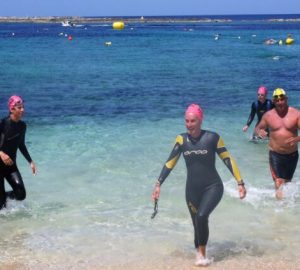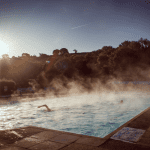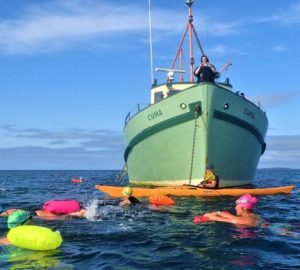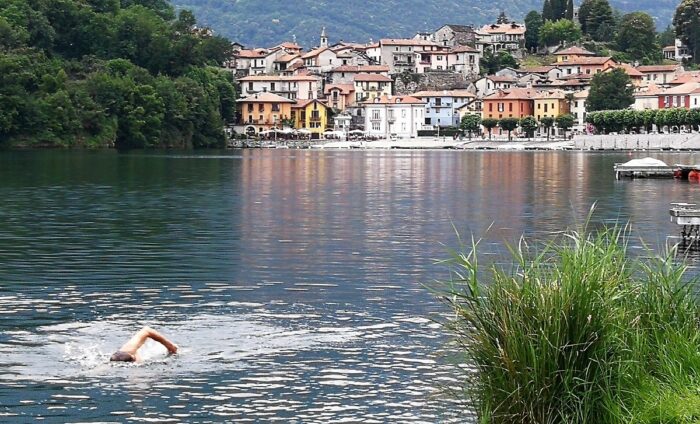
Nine ways to find your swimming flow
If you swim regularly, you presumably do so because you find the activity intrinsically enjoyable*. You may also have noticed that some days, it’s more enjoyable than others. If you’re lucky, sometimes you may have experienced a set of positive emotions that have been described by psychologists as being “in the zone” or achieving a “flow state”.
In these conditions, it’s not that swimming feels effortless, it’s more that your effort is producing a performance that’s a little better than usual, and it makes you feel great. You feel as if everything is working in harmony. You don’t need to worry about your catch or the timing of your kick or when you breathe as it all happens as it should do. That water is soft and light, and every stroke pushes you further forward than it usually does. Some people experience a change in their perception of time.
You don’t need to be an elite swimmer or have perfect swimming technique to achieve this flow state. And, unfortunately, achieving a flow state won’t make you a world class swimmer, but it’s worth trying to experience it just for how good it feels. Finding a flow state could also help you in races and in long distance solo challenges. But you don’t necessarily want to be “in the zone” every time you swim.
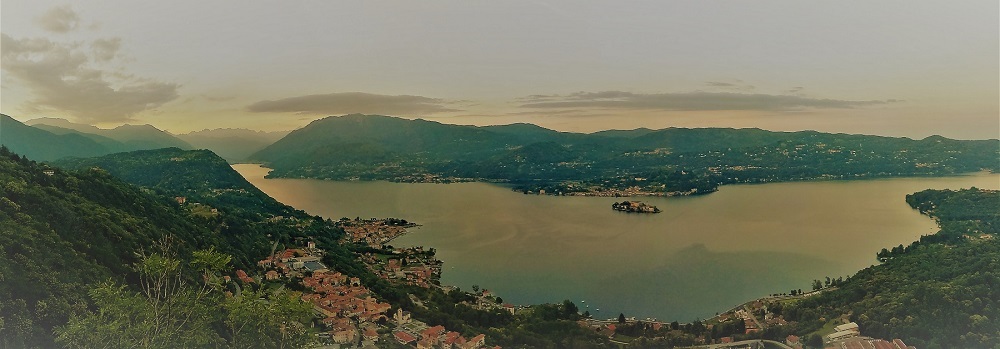
Swimming is a technical sport that requires great control and coordination of your body. In a flow state, that control and coordination takes place at a subconscious level. In contrast, when you work to improve your swimming technique you have to make a conscious effort to control and monitor the various parts of your body. It’s important to spend time in this conscious control state if you want to become a more technically proficient swimmer. And becoming a more proficient swimmer will make it easier to reach a flow state, where you just let things happen and simply enjoy the ride.
You can’t achieve a flow state every time you swim, but here are a few things you can do to increase your chances.
- Actively seek it. Once you know what it feels like you can guide your mind and body towards it again. But don’t try too hard.
- Get in the right frame of mind to start with. Imagine what it’s going to feel like before you get in the water. It helps to be relaxed and calm before you start swimming, and not be watching the clock too closely while you swim. Try to set aside sufficient time for your swim so that you’re not rushing either before or after.
- Don’t rush it. Flow doesn’t happen as soon as you hit the water. Allow your mind and body the time and space to warm up.
- Find a focus. Concentrate on one particular part of your swimming technique and keep focused on that. As mentioned above, this conscious control is in contrast to a flow state. The trick is to gradually move from conscious control to lightly monitoring that particular aspect of technique while preventing your mind from wandering.
- Don’t hold your breath. As soon as you’ve taken a breath and put your face back in the water, let the air escape gently. Relax as the air is trickling out.
- Sense your surroundings. Listen to the sound of bubbles and water, note how the water feels against your skin and feel how it supports you.
- Don’t go too slowly. You need to be challenged to find your flow, but not too much. Find a pace that’s comfortable for the distance you’re swimming, and then increase it fractionally. Think purposeful swimming rather than either plodding or sprinting.
- Swim with other people. I don’t know why, but this seems to help.
- Stay in the moment. Don’t think about what you’re going to cook for supper or the other 99 things on your to do list. Just swim.
I suspect everyone experiences “flow” differently, and will have their own ways of finding it, so experiment and let us know how you find it. You won’t find “flow” every time you swim but the more aware you can be of how you feel the more you will do. Finding it can turn an already enjoyable activity into something quite special. I’m sure it’s one of the reasons that so many people love swimming.
*Exceptions granted for triathletes who swim because they want to get to their bikes, but it’s amazing how many triathletes eventually discover swimming is their favourite sport.





